Psychiatric Nurses to Bring Annual Convention to Hartford in 2016
/The American Psychiatric Nurses Association 30th Annual Conference will take place next October at the Connecticut Convention Center. It is the first time that the organization will hold its annual event in Connecticut. This year’s program was held at Disney’s Coronado Springs Resort in Florida, where attendees had the opportunity to earn up to 29.5 continuing education contact hours onsite and an additional 100 plus contact hours online afterwards. The 2016 APNA Annual Conference will be held October 19-22 in Hartford. 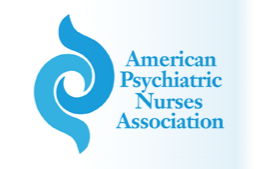 The APNA Annual Conference delivers more than 100 varied educational sessions and invaluable networking opportunities to the more than a thousand psychiatric-mental health RNs and APRNs who attend each year. The organization has more than 10,000 members nationwide.
The APNA Annual Conference delivers more than 100 varied educational sessions and invaluable networking opportunities to the more than a thousand psychiatric-mental health RNs and APRNs who attend each year. The organization has more than 10,000 members nationwide.
Last month, the APNA joined a White House initiative to address the ongoing epidemic of prescription drug abuse and heroin use across the nation. With organizations from both the public and private sectors participating, the effort seeks to train health care providers, improve access to treatment, and raise awareness of the risks of prescription drug misuse.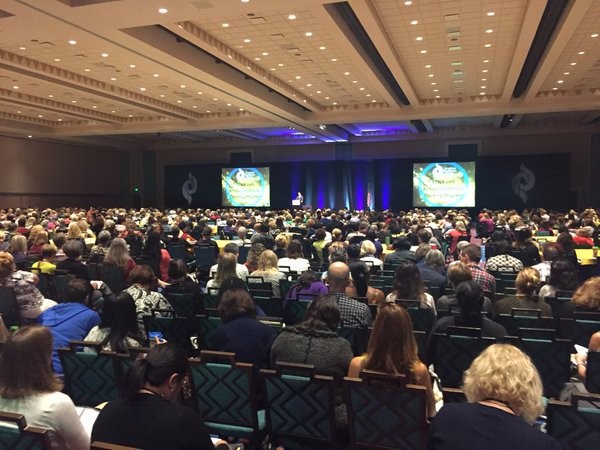
Approximately 2.3 million US citizens aged 12 and older have opioid use disorder, and most states have higher rates of treatment need than capacity to treat. In this context, educating health professionals and encouraging them to apply best-treatment practices is critical to improve the health of the nation. APNA is one of 8 nursing groups to pledge to be a part of the solution over the next two years.
The American Psychiatric Nurses Association (APNA) was founded in 1986. In the ensuing 28 years, APNA has grown to be the largest professional membership organization committed to the specialty practice of psychiatric-mental health (PMH) nursing and wellness promotion, prevention of mental health problems, and the care and treatment of persons with psychiatric disorders.
The APNA Annual Conference is held in a new location every year to encourage regional participation, add adventure, and provide a venue to connect with other psychiatric-mental health nurse professionals from across the globe, officials point out.
Plans for the convention in Connecticut include programs designed to “advance the profession through networking and education” and opportunities to “celebrate psychiatric-mental health nurses’ outstanding contributions” through the presentation of the APNA Annual Awards.
 In Florida last month, more than 1,800 attendees were on hand for a program “packed with psychiatric-mental networking, updates, and continuing education targeted to psychiatric-mental health nurses.” Session recordings from the Annual Conferences are made available in the APNA eLearning Center in podcast form, along with up-to-date session slides and other relevant materials.
In Florida last month, more than 1,800 attendees were on hand for a program “packed with psychiatric-mental networking, updates, and continuing education targeted to psychiatric-mental health nurses.” Session recordings from the Annual Conferences are made available in the APNA eLearning Center in podcast form, along with up-to-date session slides and other relevant materials.
APNA is the only PMH nursing organization whose membership is inclusive of all PMH registered nurses (RN) including associate degree (ADN), baccalaureate (BSN), and advanced practice (APN) comprised of clinical nurse specialists (CNS), psychiatric nurse practitioners (NP), and nurse scientists and academicians (PhD). The American Psychiatric Nurses Association is accredited as a provider of continuing nursing education by the American Nurses Credentialing Center's Commission on Accreditation.
The Journal of the American Psychiatric Nurses Association (JAPNA), with more than 10,000 subscribers, provides quality, up-to-date information to promote PMH nursing, improve mental health care for culturally diverse individuals, families, groups, and communities, as well as shape health care policy for the delivery of mental health services.
https://youtu.be/AIys4qoQ5q8


 In Connecticut, the average rate between 1999 and 2001 was 4.1 per 100,000. Between 2010 and 2013, the drug overdose rate had risen to 8.3, above the national aver
In Connecticut, the average rate between 1999 and 2001 was 4.1 per 100,000. Between 2010 and 2013, the drug overdose rate had risen to 8.3, above the national aver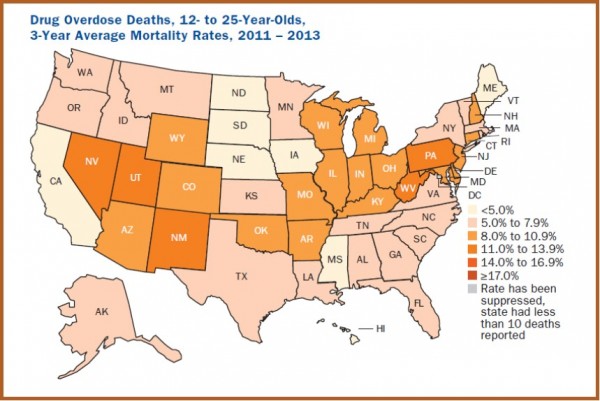 age but unchanged from a previous three-year period, 2005-2007. The data was compiled from the Centers for Disease Control and Prevention. Males are 2.5 times as likely to overdose as females (10.4 vs. 4.1 per 100,000), according to the report.
age but unchanged from a previous three-year period, 2005-2007. The data was compiled from the Centers for Disease Control and Prevention. Males are 2.5 times as likely to overdose as females (10.4 vs. 4.1 per 100,000), according to the report.
 s to help practitioners identify potential abuse that leads to over prescribing by requiring them to check patient history to verify if patients seeking certain prescriptions have recently received these medications from multiple other prescribers or pharmacists.
s to help practitioners identify potential abuse that leads to over prescribing by requiring them to check patient history to verify if patients seeking certain prescriptions have recently received these medications from multiple other prescribers or pharmacists.
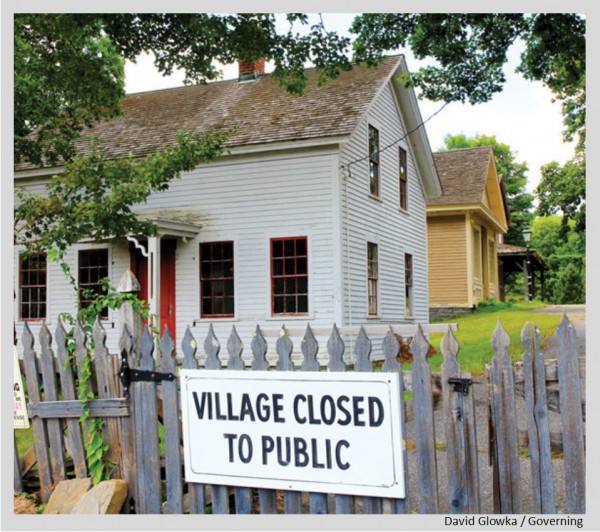
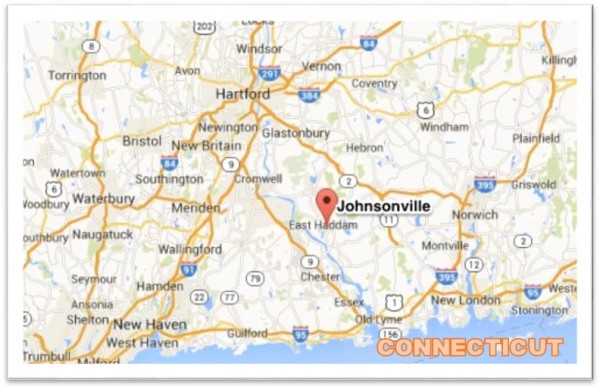

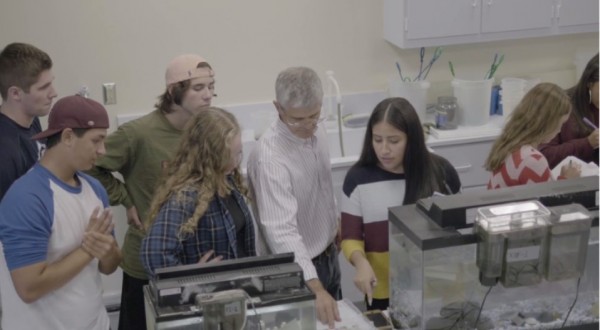
 The
The  Plans for the new Academic Science & Laboratory Building at Southern began back in 2007 with a comprehensive 10-year capital improvement plan, dubbed CSUS 2020, for upgrading the four institutions of the Connecticut State University System. Approved by the state legislature and signed into law by Gov. M. Jodi Rell, the plan was developed during the administration of Chancellor David G. Carter. It included upgrades and repairs to existing facilities, as well as construction of a new Visual & Performing Arts Center at Western Connecticut State University, which
Plans for the new Academic Science & Laboratory Building at Southern began back in 2007 with a comprehensive 10-year capital improvement plan, dubbed CSUS 2020, for upgrading the four institutions of the Connecticut State University System. Approved by the state legislature and signed into law by Gov. M. Jodi Rell, the plan was developed during the administration of Chancellor David G. Carter. It included upgrades and repairs to existing facilities, as well as construction of a new Visual & Performing Arts Center at Western Connecticut State University, which 

 The work, which has yet to be funded, is likely to include moving or eliminating some exits and entrances – and possibly adding others in new locations - to improve traffic flow. Cost estimates range from $4 billion to $12 billion, depending on the option selected. Upcoming public meetings are to be held in East Hartford on Dec. 2 and Hartford on Dec. 10.
The work, which has yet to be funded, is likely to include moving or eliminating some exits and entrances – and possibly adding others in new locations - to improve traffic flow. Cost estimates range from $4 billion to $12 billion, depending on the option selected. Upcoming public meetings are to be held in East Hartford on Dec. 2 and Hartford on Dec. 10.


 Instead,
Instead,  l bus injuries in the U.S. every year — two to three times National Highway Traffic Safety Administration estimates, which use only a sampling of data and exclude field trips like the one on which Vikas Parikh died. Seat belts work best in rollover and side-impact collisions in which students are thrown out of their seats, as Vikas was. The American Academy of Pediatrics supports restraints on buses.”
l bus injuries in the U.S. every year — two to three times National Highway Traffic Safety Administration estimates, which use only a sampling of data and exclude field trips like the one on which Vikas Parikh died. Seat belts work best in rollover and side-impact collisions in which students are thrown out of their seats, as Vikas was. The American Academy of Pediatrics supports restraints on buses.”





 “Key and First Niagara are a powerful combination, driven by a shared commitment to the clients and to the communities we serve,” KeyCorp Chairman and CEO Beth Mooney said. “This transformational opportunity will bring compelling and complementary capabilities to our shared three million clients, while driving meaningful synergies and enhancing shareholder value. KeyBank and First Niagara both have values-based cultures and a long-term commitment to and experience with the region.”
“Key and First Niagara are a powerful combination, driven by a shared commitment to the clients and to the communities we serve,” KeyCorp Chairman and CEO Beth Mooney said. “This transformational opportunity will bring compelling and complementary capabilities to our shared three million clients, while driving meaningful synergies and enhancing shareholder value. KeyBank and First Niagara both have values-based cultures and a long-term commitment to and experience with the region.”

 The celebration also included a tour of the lab’s research and development projects. Employees from Alstom’s nearby Windsor, campus, where the
The celebration also included a tour of the lab’s research and development projects. Employees from Alstom’s nearby Windsor, campus, where the  company employs more than 1,000 people, also attended tours of the new facility.
company employs more than 1,000 people, also attended tours of the new facility.


 In
In 


























